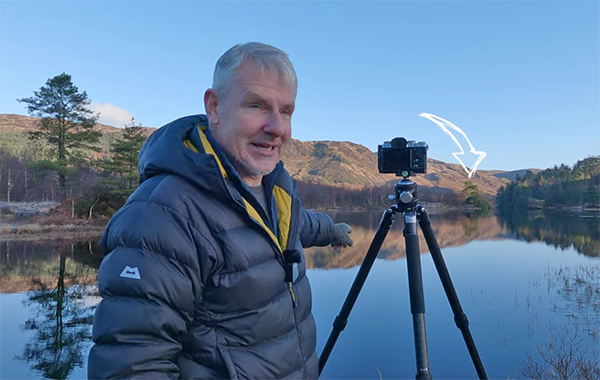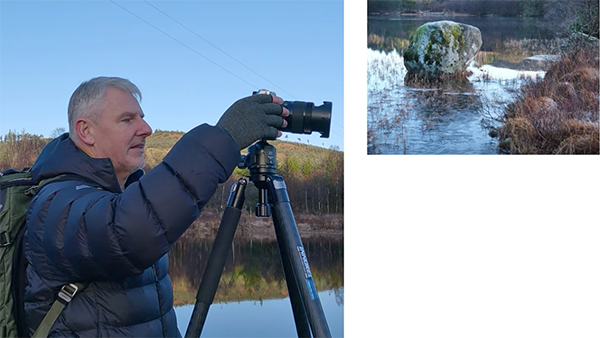Want Properly Focused Landscape Images? Watch This Video
A couple days ago we featured an interesting tutorial explaining how to shoot intentionally blurry photos and capture artistic images full of motion and emotion. Today it’s back to a primary goal of most landscape photographers; namely, the best way to maximize sharpness when shooting in the field.
Experienced shooters know that there’s more to this task than fast and accurate focus. That’s because it’s equally important to achieve optimum sharpness precisely where it belongs within the frame. To that end Scottish pro Gary McIntyre demonstrates the three methods he relies upon to get the job done with all sorts of landscape scenes.
You’ll follow McIntyre hike through “a photographer’s playground” under great conditions as he describes a trio of techniques that are easy to accomplish by photographers of all skill levels. He begins astride a stream with his camera atop a tripod while explaining why he wants to focus on a distant tree without worrying about water in the foreground.

McIntyre explains the reasoning behind the camera settings he chooses. Then you’ll see how zooms in on the primary subject and combines manual focus with the camera’s Focus Peaking feature to achieve perfect focus exactly where he wants it. He also sets the camera’s two-second self-timer to avoid camera movement with the slow shutter speed in use.
That’s pretty simple, right? But what should you do if the scene you confront lacks one specific point of focus? That’s when the technique known as “focus-stacking” comes into play. With this approach you shoot multiple images of the scene, without moving the camera—each with a different point of focus.
Usually two or three shots is all that’s required, depending upon the complexity of the scene. By merging these images during the editing process is possible to achieve a sharp background, foreground, and everything in between. McIntyre describes how to modify camera settings accordingly to make the most of this powerful method.

The lesson concludes with a discussion of why, when and how to use back-button focus. McIntyre says he usually employs this method for landscape photography, especially when shooting in the Aperture Priority exposure mode.
This technique requires that your camera permits you to assign the focusing function to a custom button on the back of the camera. And if it does, there are a variety of advantages for doing exactly that. McIntyre noticed his shadow on the rear screen when setting up this particular shot, so he reset the self-timer from two to 10 seconds to give himself plenty of time to get out of the way.
McIntyre’s popular YouTube channel is a great source of information for landscape photographers, so be sure to take a look.
And don’t forget to watch the tutorial mentioned above, demonstrating how to shoot unique stylized images by embracing the blur.





